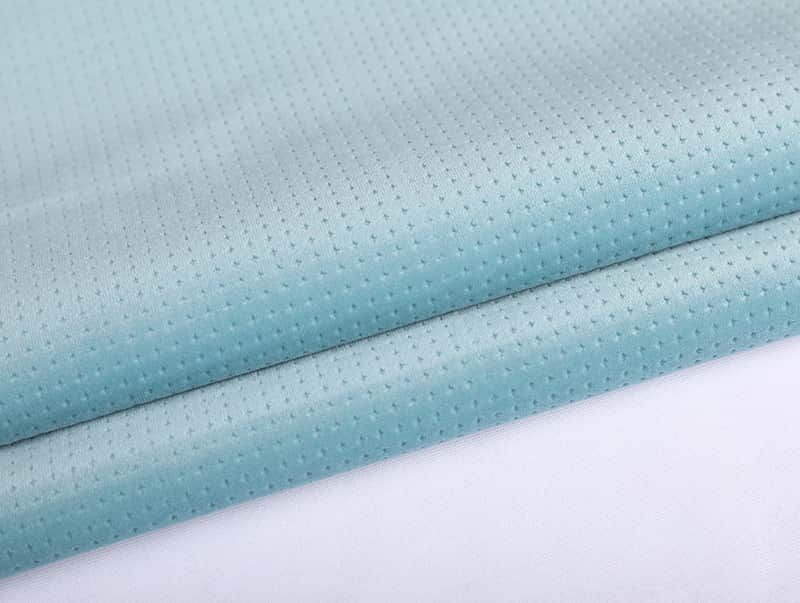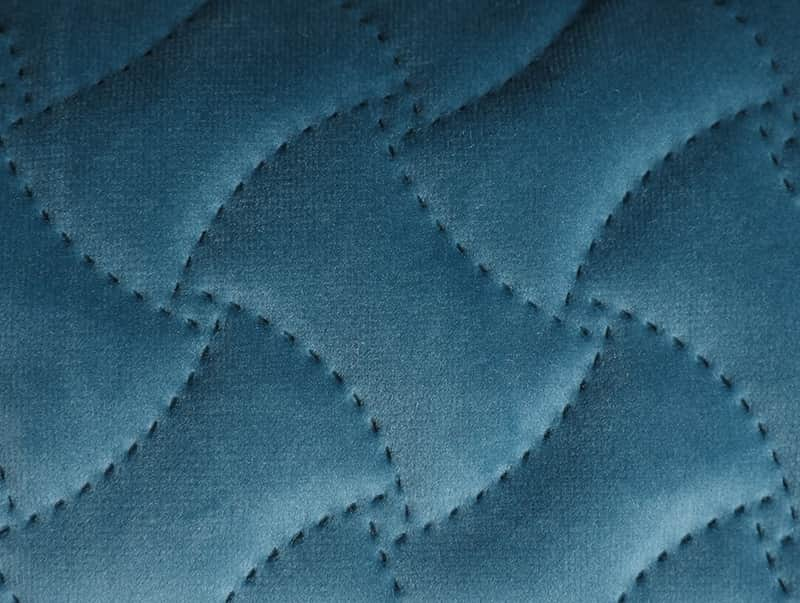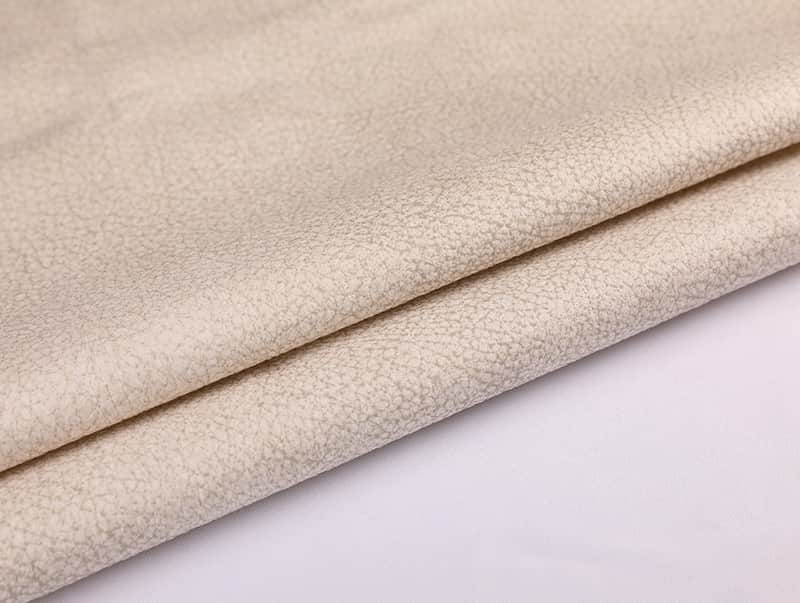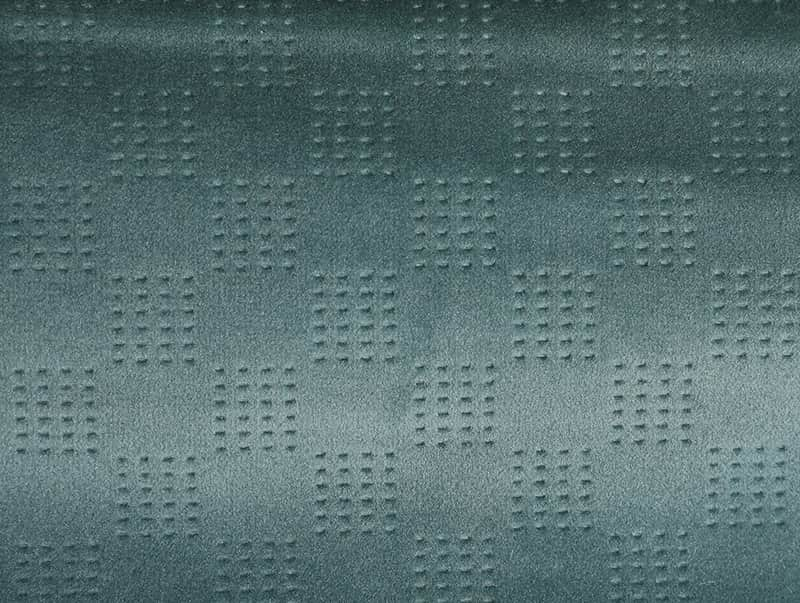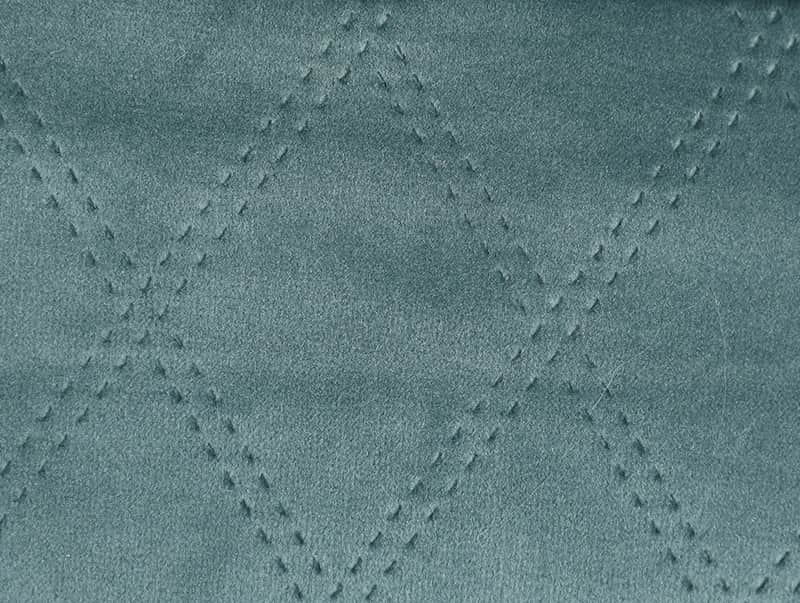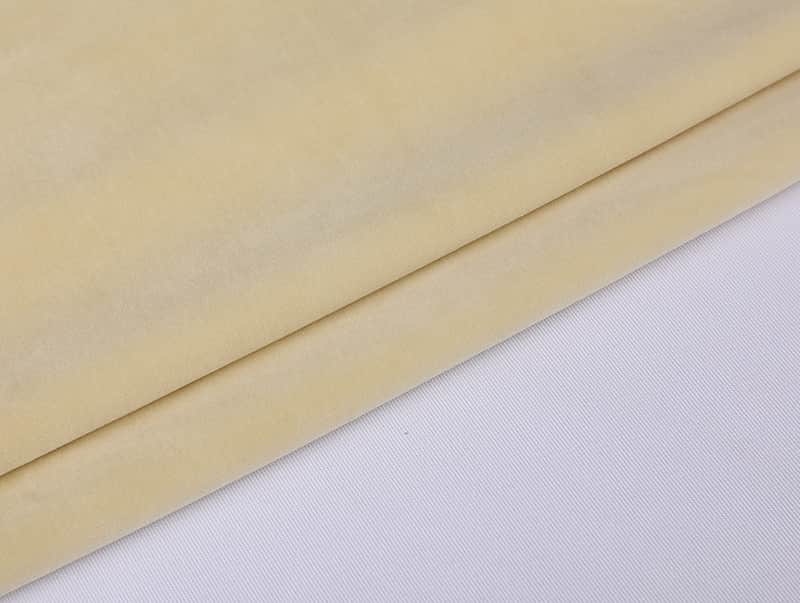Improving the tear strength of artificial leather base fabric involves several strategies aimed at enhancing the fabric's resistance to tearing and ripping under mechanical stress. Here are some effective approaches to achieve this:
Material Selection: Choose high-quality materials with inherent strength and tear resistance for manufacturing artificial leather base fabric. Opt for synthetic fibers with high tensile strength, such as polyester or nylon, which offer tear resistance compared to natural fibers.
Fabric Construction: Modify the construction of the fabric to enhance tear strength. Increase the density of the fabric weave or knit to create a tighter structure that is less prone to tearing. Consider using specialty weaves or reinforcing techniques, such as basketweave or double-weave constructions, to improve tear resistance.
Reinforcement Layers: Incorporate reinforcement layers into the fabric design to provide additional strength and tear resistance. Reinforcement layers, typically made from woven or non-woven fabrics, are integrated into the fabric structure to enhance tear resistance without compromising flexibility or aesthetics.
Coating or Lamination: Apply a protective coating or lamination to the surface of the artificial leather base fabric to improve tear resistance. Coatings can enhance the fabric's durability and provide a barrier against abrasion, tearing, and puncturing. Choose coatings that offer high tear strength and flexibility to maintain the fabric's performance characteristics.
Seam Construction: Pay attention to seam construction techniques to ensure strong and durable seams that resist tearing. Use reinforced stitching methods, such as double stitching or lock stitching, to reinforce seams and distribute stress evenly along seam lines. Welding or bonding techniques can also be employed to create seamless joints with enhanced tear resistance.
Surface Treatments: Apply surface treatments or finishes to the artificial leather base fabric to enhance tear resistance and durability. Treatments such as anti-abrasion coatings or silicone finishes can improve the fabric's ability to withstand frictional forces and tearing. Select treatments that provide long-lasting protection without compromising the fabric's appearance or flexibility.
By incorporating these strategies into the design, construction, and manufacturing process of artificial leather base fabric, you can effectively improve its tear strength and enhance its durability and performance in various applications.


